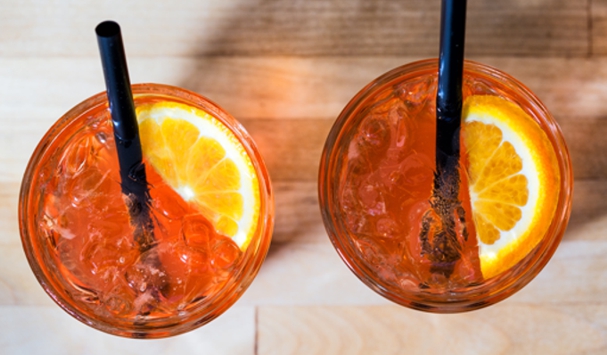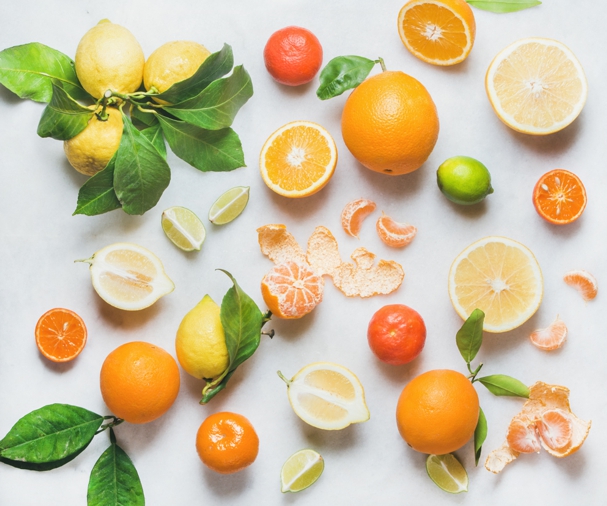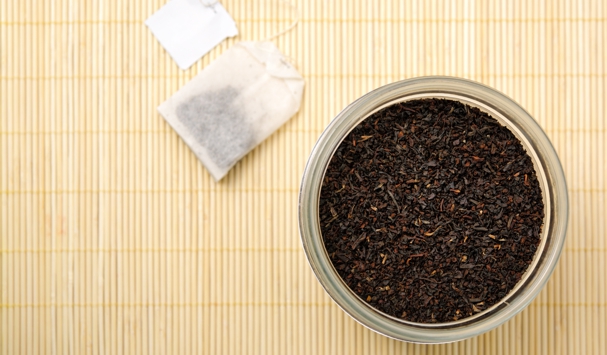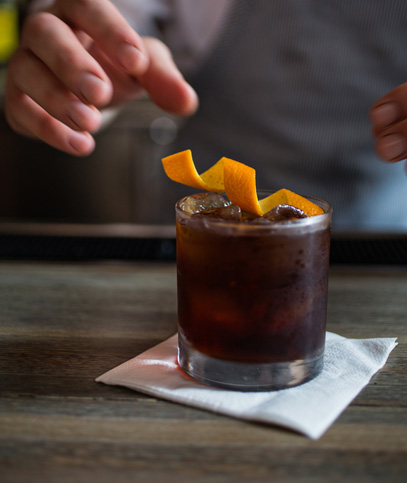Key outcomes from this insightful study include: refreshment is a moment between two states, from uncomfortable to comfortable. Refreshment takes you from thirsty to rehydrated, from stressed to relaxed.
Water stands alone as the greatest driver of refreshment, but the second greatest source is fruit. Lemon and lime ranked the highest across most markets. With their almost contradictory tastes—between bitter, sour, and sweet—it creates a physical effect in the consumer which, in turn, drives refreshment. Citrus fruits deliver a “sting” to the mouth and prompt alertness.






